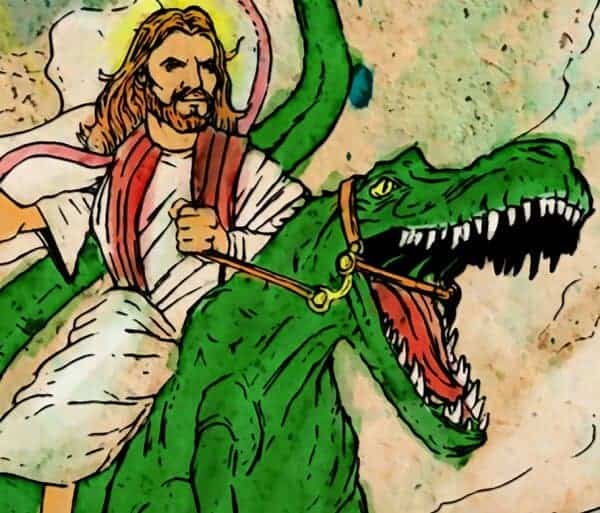When an enormous asteroid struck Earth 66 million years ago, a planet-wide quake shook the magma plumbing of a massive, active volcano—radically changing the style of volcanic eruption in one of the planet’s rarest, largest lava flows. This is the sequence of events supported by a new study published last week in the Geological Society of America Bulletin by a team of scientists, including Drexel University volcanologist Loÿc Vanderkluysenand led by geologists at UC Berkeley.
Evidence for this colossal, catastrophic chain reaction came from geological features of a massive lava flow field in central-southern India known as the Deccan Traps. The lava that flowed there was so abundant that an area the size of Texas would have been submerged a mile deep.
This lava flow event, which lasted for half a million years or more during which hundreds of flows were emplaced, occurred very close, in geologic time, to the major asteroid strike off the coast of Mexico 66 million years ago, and to the resulting mass extinction of most life on Earth, including the dinosaurs. So temporally close to it that, for a time, it was believed possible that the asteroid strike caused the eruption.
It has since been established that the eruption was already underway before the asteroid hit, but evidence presented in the new paper suggests that the impact coincided with a major shift in the volcano’s activity.
“Suddenly, the flows are much larger, the morphology is different and the chemical composition is different,” Vanderkluysen said.
“This was an existing massive volcanic system that had been there probably several million years, and the impact gave this thing a shake and it mobilized a huge amount of magma over a short amount of time,” said team leader Mark Richards in UC Berkeley’s press release. “The beauty of this theory is that it is very testable, because it predicts that you should have the impact and the beginning of the extinction, and within 100,000 years or so you should have these massive eruptions coming out, which is about how long it might take for the magma to reach the surface.”
So did volcanic eruptions kill the dinosaurs? And was the Deccan lava flow just one of many eruptions possibly kick-started by the asteroid?
The asteroid impact may have rocked the Earth with global earthquakes that reached magnitudes of 9 or greater, and these potentially could have reactivated many volcanoes, Vanderkluysen said. But scientists haven’t yet examined the geologic record for evidence of global volcanism at that point in time.
As for the cause of the mass extinction of dinosaurs and other species? “There’s little doubt that an asteroid impact ended the time of the dinosaurs,” said Drexel’s dinosaur paleontologist and geologist Kenneth Lacovara, who wasn’t involved in the volcano study, but is separately involved in studying the extinction event. “If you could haul that space rock into court, you could convict it of murdering roughly 75 percent of species from that time. Now it looks as though its effects may have transcended the biosphere, producing devastating geological consequences as well.”
The team plans to return to the Deccan Traps in March 2016 to collect more data, hoping to pinpoint even more precisely the date of the asteroid impact and determine whether it coincides exactly with the shift in the volcano’s activity. “One of the targets of the fieldwork next March is to look at some layers that seem to be ash layers in the Deccan traps,” Vanderkluysen said. “Usually these very large eruptions produce lava flows and not explosive events.” If ash layers are present right at the asteroid’s moment in geologic time, it would be more evidence that the entire system was kicked into overdrive.


